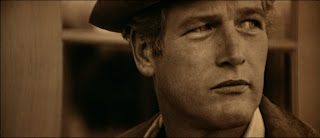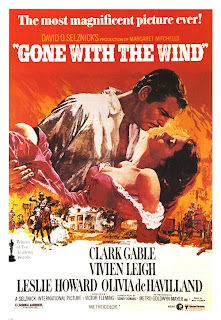Globalization is the growing trend of distinct cultures from all over the world interacting with and influencing each other. This trend has increased greatly with increased global immigration and has been greatly accelerated by the advent of the internet over the past twenty years. Hybridization is one of the most positive results of increased globalization. Hybridization is a condition in which two separate cultures converge in media to create a composite that shows characteristics of both cultures, but at the same time becomes a wholly new culture in itself.
A current, relevant example of this growing trend of cultural hybridity in media is the 2008 Academy Award Best Picture winner, Slumdog Millionaire. A British film adaptation of an Indian novel, Slumdog premiered at several Western film festivals to critical acclaim. An American company, Fox Searchlight, bought the distributing rights to the film and brought it to wide release, where it became wildly financially successful. This great success story was concluded with a remarkable awards season, in which the film swept the Oscars, Golden Globes, and BAFTA awards.
Slumdog Millionaire tells the story of a poor young Indian man who miraculously finds his way onto the Indian game show equivalent of "Who Wants to Be a Millionaire" He does very well, and this leads to suspicion that he is somehow cheating. He is arrested and questioned, and he explains through flashbacks the stories of how he learned the answers, at the same time telling the story of his quest to track down the girl he's loved since childhood.
The film was written and directed by two British Caucasians, adapted from a novel by an Indian woman. Most of the principal actors are either British or native Indians, some of whom were already established in the Bollywood film market. All of the first-time child actors used in the flashbacks were native Indian slum children, who as a result of the film were relocated with their families to more prosperous environs.
Aside from the cast and crew, there are stylistic and plot points that reveal Slumdog as a hybrid of different cultures. The film is told both in English and in Hindi with English subtitles. The main story line focuses on an Indian version of a very popular American TV game show, and example of "glocalization" within a hybrid film. There is also a large, complex dance routine during the film's end credits, a direct reference to India's Bollywood movie culture.
The increase of Indian immigrants in Western countries in the past 20 years can definitely be pointed to as a contributing factor to Slumdog's creation and financial & critical success. Indians are among the fastest growing minority groups in the United States and are the single largest individual minority in the United Kingdom. In both of these countries, Indian immigrants and their children are having a marked impact on politics, economics, and culture. The increasing use and prominence of the internet increases the connection these immigrants have with their native country, and also increases the exposure westerners have to a different culture.





































